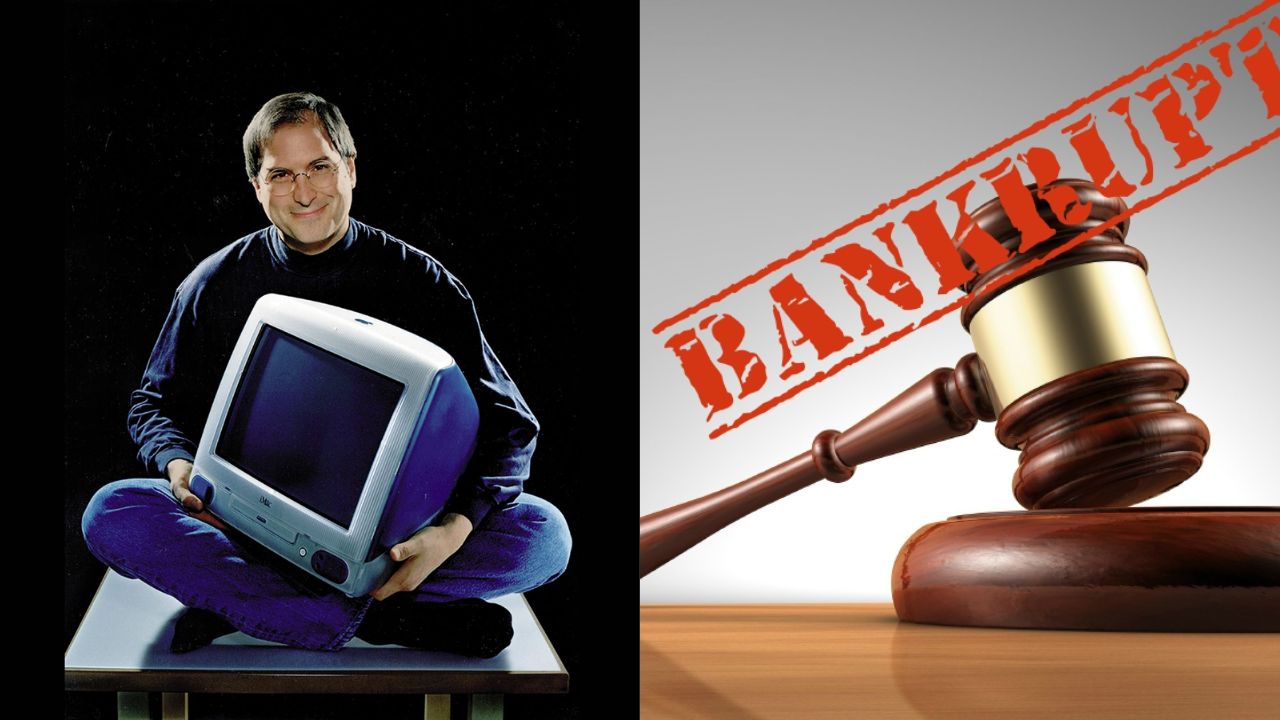In the 1990s, personal computers had become kind of boring. Everyone was using similar looking beige computers. Apple, once a standout in the tech scene, was losing its edge. Then, in 1995, along came Windows 95, which seemed to spell doom for Apple.
By 1997, Apple was in deep trouble. Steve Jobs returned to a company that seemed to be on its last legs. But he saw potential in a young designer, Jony Ive, who was trying out new, fun designs for computers, breaking away from the dull beige.
Redefining the PC Design
Together, Jobs and Ive, backed by a new chip from Motorola, started to redesign Apple’s approach. They took inspiration from Apple’s original idea of making a computer “for everyone.” The result? The iMac.
The iMac was a game-changer. While computers at the time were built to be taken apart and upgraded, the iMac was a single, solid piece. Instead of the plain beige, it came in a translucent blue-green color. It didn’t look or work like any other computer at the time.
Jobs made bold decisions with the iMac. He dropped many of the old ways Apple connected devices, opting for a new system called USB, which wasn’t popular yet. This move turned out to be revolutionary and helped make USB the standard it is today.
A Vision from Bondi Beach
The iMac’s design was fresh and unique. Its vibrant blue color was inspired by Bondi Beach in Sydney. People could even see inside the computer, thanks to its semi-transparent shell. This design became so popular that other products, like the George Foreman Grill, jumped on the trend.
iMac Changed Apple’s Design and Materials
Apple’s success with the iMac influenced its designs for years. However, when they tried the same design on a computer for professionals, it didn’t catch on. People loved the look for home gadgets, but for work, they wanted something more serious.
The iMac wasn’t just about looks; it changed how Apple thought about materials. They began to use metals like stainless steel and aluminum. These materials made Apple products feel premium, which is something they are known for today.
The iMac didn’t have a slot for floppy disks. At that time, everyone used floppy disks to share files. But Apple believed the future was the internet, and sharing files could be done online.
The internet turned out to be Apple’s saving grace. Even though many businesses used Windows computers, anyone could use the internet. The iMac became the perfect computer for families who just wanted to get online.
“i” for everyone
The iMac’s popularity also influenced Apple’s branding. The “i” in iMac was so catchy that Apple began naming other products with it, like the iPod, iPhone, and iPad. Over time, though, Apple has shifted away from the “i” branding, focusing more on the Apple name itself.
Funding the future
In the end, the iMac was more than just a computer. For Apple, it was a lifeline. The company was close to failing, but the success of the iMac gave them the funds and confidence they needed. It paved the way for future products, defining Apple’s next 25 years.







